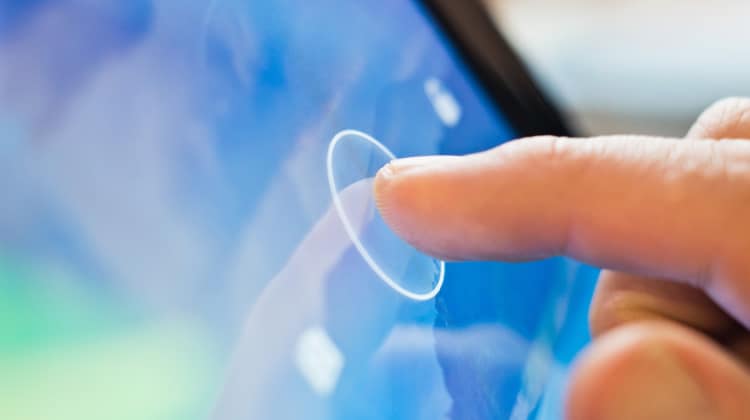When selecting and implementing a touch screen technology solution, there are numerous requirements and design factors to consider and a complex array of solutions and options.
A D Metro can assist you in prioritizing those requirements that are most important and relevant to your application.
Temperature, humidity, etc.
Finger, stylus, pen, tools, medical gloves, industrial gloves, winter gloves, edge of credit card, etc.
Exposure to scratches, abrasion, welding sparks, cigarette butts, etc.
Chemicals, dirt, dust, cleaning agents, etc.
Must it be resistant to vandalism
Military, cockpit or first responder, etc.
UL, FCC, MIL-STD, MIL-SPEC, EN, ROHS, etc.
LED’s EMI, LCD, optical bonding
Mass production, limited production runs, manufacturing location, delivery times
Industry standard size, or custom form factor
Number of touches, frequency of touches, years of operation, etc.
Simple press-to-select, multi-touch, or gesture based interactions
Anti-glare, anti-reflective, night-sight, full plus reflected sunlight, chopped sunlight (helicopter)
Plastic bezel, metal bezel, gaskets, adhesives, bonding, etc.
Controller embedded on motherboard or separate control module, USB, I2C, RS-232
How important is the touch screen’s performance and durability to the application?
We can help you through the process of choosing the right solution for your application by guiding you through the advantages and disadvantages of each type of touch screen technology. A D Metro has extensive practical experience in supplying innovative solutions in touch screen technology for real-world applications since 1993. Get in touch with our experts who can help you with your project’s requirements.
Understanding touch screen technologies and the differences between them is important when contemplating design options and trade-offs.

Pressure Activated sensors overlay the display. They use pressure activation to create a contact between conductive layers and resistance to locate the touch point.
See our ULTRA Resistive and Standard Resistive touch screen sensors.
PCAP sensors use conductive coatings, high frequency signals and changes in capacitance to detect the proximity of a finger and its location.
Peripheral Sensors detect touch as a disruption of a signal over a display surface; without embedded sensing in the glass they offer the highest optical clarity.
See our Linear Correlating Infrared touch screen sensors.
1390 Star Top Rd.
Ottawa, Ontario, Canada K1B 4V7
Sales: sales@admetro.com
Support: support@admetro.com
1 800 463 2353 (US & Cnd)
Tel: +1 613 742 5545
Fax: +1 613 742 5245
Hours of operation:
Monday to Friday, 9am to 5pm EST
Copyright © 2024 A D METRO INC., ALL RIGHTS RESERVED.